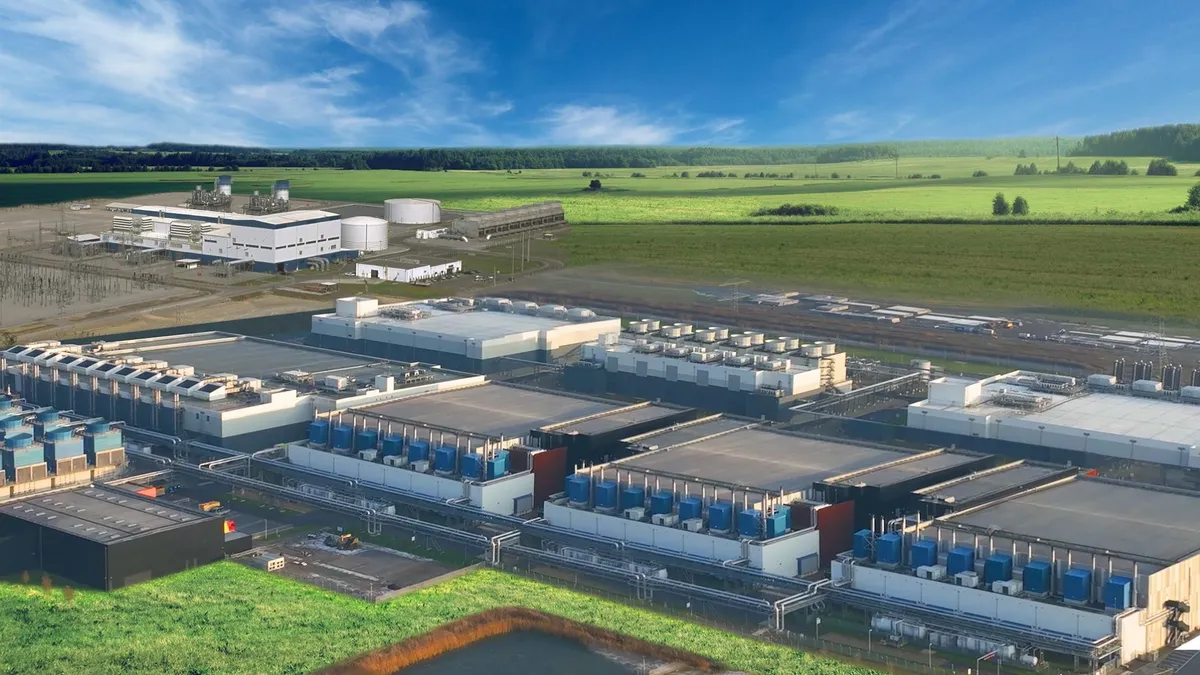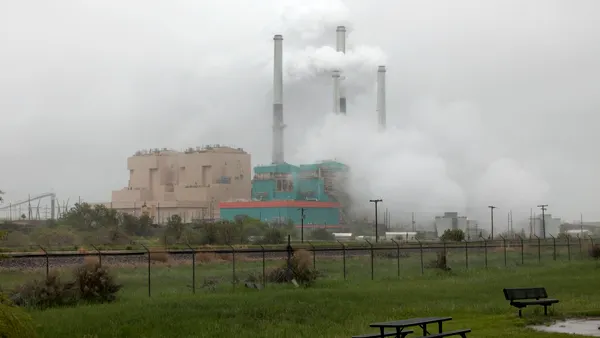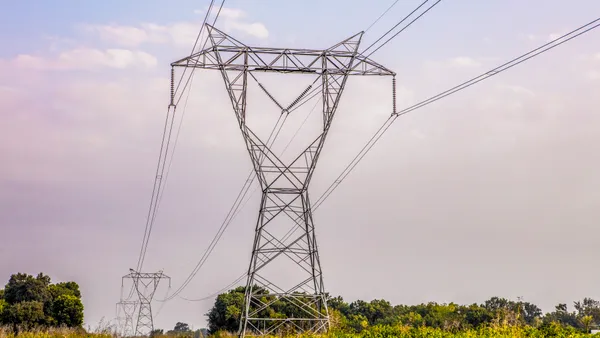Dive Brief:
-
The falling costs of electric vehicle and solar technology could end the growth of global demand for oil and coal from 2020, according to a new report by Carbon Tracker Initiative (CTI) and the Grantham Institute at Imperial College London.
-
Solar PV could supply 23% of global power generation in 2040 and 29% by 2050, resulting in the phasing out of coal and leaving natural gas with just a 1% market share, the authors claim.
- EVs, they said, could comprise up one-third of the road transport market by 2035, more than 50% of the market by 2040 and more than 66% of the market by 2050.
Dive Insight:
The disruptive power of low-carbon technologies is being underestimated, as fossil fuels could stand to lose as much as 10% of their market share in a decade to solar panels and EVs, according to CTI.
Carbon Tracker’s new report sees solar PV taking 23% of power generation worldwide by 2040, compared with an ExxonMobil estimate that sees all renewables supplying just 11% of global generation by that date or forecasts from the International Energy Agency, which estimates that natural gas will generate 16% of global power by 2040.
And where Carbon Tracker sees EVs comprising 33% of road transport by 2035, BP’s 2017 outlook has EVs making up 6% of the market in 2035.
“There is no more business as usual in the energy sector – so it is time that scenario was discarded,” James Leaton, head of research at CTI, said in a statement. “There are a number of low-carbon technologies about to achieve critical mass decades before some companies expect.”
The report says the spread of EVs could displace to 2 million barrels of oil per day by 2025, an amount of oil equal to the volume that caused the 2014-15 oil price collapse. CTI estimates that as much as 16 million barrels of oil per day could be displaced by 2040 and 25mbd by 2050.
The authors argue that large energy companies are “seriously underestimating low-carbon advances with a business-as-usual (BAU) approach, and that stranding of fossil fuel assets is likely as the low- carbon transition gathers pace.”












